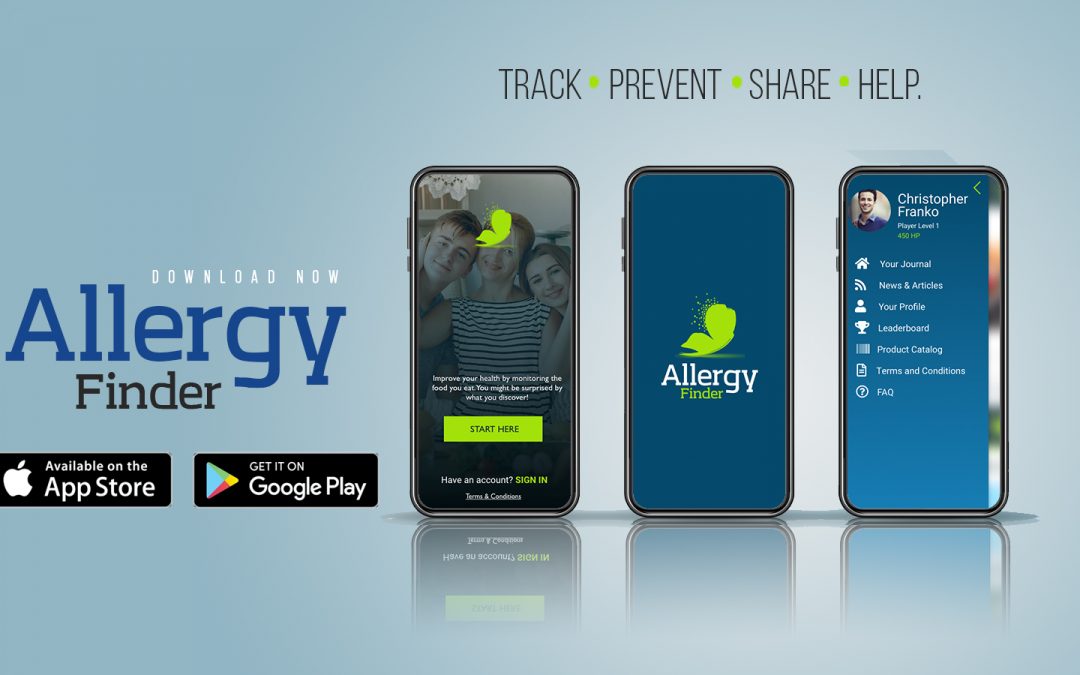Food allergies and travel make a tricky combination – finding a decent meal while travelling becomes an uphill task. All the fun and excitement of visiting a new destination is marred even before you begin the journey, since you keep worrying about the crushed peanuts on the khow suey, the sour cream in tacos and every garnish on salads and soups.
It is known that more than 26 million Americans have one or the other food allergy- they may be allergic to shellfish, peanuts, milk, eggs, soy, wheat or sesame. Accommodating allergies can get really complicated when you are travelling. Add to this the fact that most of the critical food allergy reactions happen because of food that you would have consumed outside. However, you can avoid the annoyance and strain if you can keep a few things in mind when planning to travel.
Check all your stops first
Scrutinize the menus of all hotels and restaurants on your itinerary and check what they serve. Also look up eateries near the tourist spots that you plan to visit and identify the ones that serve suitable food for you. Also check for medical facilities for food allergy awareness and doctors in your travel destination who can be trusted to treat allergic reactions.
Carry some food for yourself
You will need a doctor’s note, and you can carry almond milk, apple sauce, peanut butter along with enough snacks, especially if traveling with kids, to keep those hunger pangs at bay while you are dealing with flight delays or are yet to reach a suitable restaurant.
Carry your meds
This goes without saying – epinephrine is considered a medical necessity by TSA and is allowed to be carried on flights. Carry the injectors with other liquids you need to produce for inspection, and also inform your flight attendant about the same if you are traveling alone. Flight attendants are trained to use them; they know how food allergy occurs and can help you in case of food allergy symptoms or sudden anaphylaxis.
Make the security check worth it
You may need extra time at the security check for carrying all that food, but with a doctor’s certificate, you should be able to carry it all in, as long as you comply with food allergy guidelines. So make sure you arrive at the airport well in time to show all the necessary stuff to TSA agents.
Say no to the in-flight snack
Airlines often serve peanuts as in-flight snacks, but you must not only skip that, but also try and contact the airline in advance, or a gate agent before boarding the flight and request to have your seats and surroundings cleaned to remove any traces of peanuts (even peanut dust) and to have the flight attendants announce and request passengers to refrain from opening any snacks that contain peanuts during the course of the flight. Most of them would know what food allergy looks like, and will oblige without much fuss.
Don’t lose it in translation
If you are traveling to a place where a different language is spoken, carrying a translation card along with a food allergy chart is a good idea. Restaurants in different places use different varieties of ingredients, and you must let them know (in their language) that you need to avoid some of them.
Practical and doable, these tips will ensure that you have a safe and fun-filled holiday!

